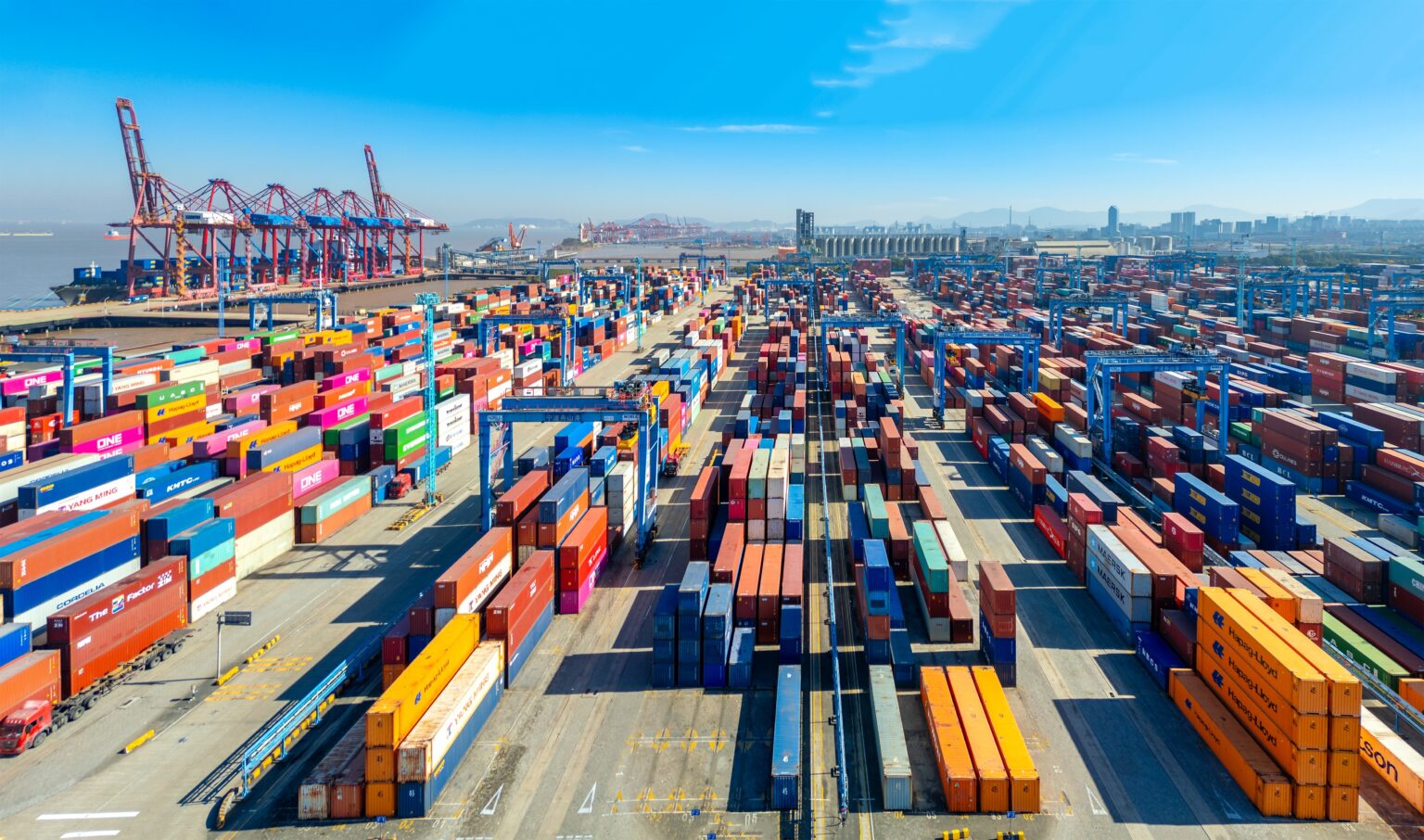As President Donald Trump escalates tariffs on Chinese imports, China is responding not only with retaliatory measures but by seeking international support to isolate Washington’s approach. However, Beijing’s attempt to form a coalition has met mixed results, as global markets sway under the pressure of the intensifying economic standoff.
Tariff War Reaches New Heights
On Wednesday, President Trump announced a steep hike in tariffs on Chinese imports, pushing the rate to 145%, up from the previously stated 125%. The increase includes a separate 20% levy tied to China’s alleged role in fentanyl production. In response, China imposed tariffs of 84% on U.S. goods, which took effect Thursday, intensifying the trade conflict that’s already shaking global markets.
Despite the tariff escalation, Trump temporarily rolled back tariffs on most other nations for 90 days, framing it as a window for negotiation. “Countries are lining up,” Trump said, indicating his administration is preparing for country-by-country trade talks.
Yet, China has refused to entertain talks under pressure. Chinese officials have vowed to “fight to the end,” condemning the U.S. measures as unjust and unilateral. Foreign Ministry spokesperson Lin Jian stated on Thursday, “The U.S. cannot win the support of the people and will end in failure.”
China’s Diplomatic Outreach in Europe and Asia
In its search for global backing, Beijing is turning to Europe and Southeast Asia. Premier Li Qiang’s recent call with European Commission President Ursula von der Leyen was described as a “positive message” by Chinese state media. According to the official Xinhua News Agency, both sides committed to deepening trade and investment cooperation.
This was followed by a virtual meeting between Chinese Commerce Minister Wang Wentao and EU Trade Commissioner Maroš Šefčović. Wang harshly criticized the U.S. tariffs as a violation of WTO rules and a threat to the global trade order, labeling them as “economic bullying.”
Wang has also engaged the Association of Southeast Asian Nations (ASEAN), while Premier Li met with business leaders to discuss China’s strategy. Xinhua reported that the Chinese leadership is prepared for “all kinds of uncertainties” and will introduce policies based on evolving needs.
In Hong Kong, China’s local Foreign Ministry office echoed Beijing’s strong stance. In a column published in the South China Morning Post, spokesperson Huang Jingrui wrote, “A tariff-wielding barbarian… can never expect that call from China.”
Mixed Global Reactions to China’s Overtures
Despite China’s outreach, not every nation is eager to join forces against Washington. Australia, for instance, has taken a cautious approach. Prime Minister Anthony Albanese remarked, “We stand up for Australia’s national interest and we stand on our own two feet.” The comment reflects Australia’s independent stance, especially given previous trade tensions with Beijing, such as China’s trade barriers in 2020 following Canberra’s call for a COVID-19 origin inquiry.
India has also reportedly rejected China’s request for cooperation. Meanwhile, Russia has been conspicuously absent from the discussion, as the country remains unaffected by Trump’s new tariff regime.
In Taiwan, Foreign Minister Lin Chia-lung said the government is preparing to begin trade talks with the U.S. despite a 32% tariff being imposed on Taiwanese goods. As a key producer of high-performance semiconductors, Taiwan holds a strategic trade surplus with the U.S., making negotiations particularly sensitive.
Southeast Asian countries such as Vietnam and Cambodia are in a tougher spot. These nations benefited from supply chain shifts away from China in recent years, but now face heavy tariffs and limited alternatives. Operating on tight profit margins, they may have little leverage in the escalating standoff.
Market Volatility Continues Amid Uncertainty
While geopolitical tensions rise, financial markets responded with cautious optimism. World indexes soared on Thursday following Trump’s tariff pause on some nations. Japan’s Nikkei gained over 9%, while Germany’s DAX surged more than 8% at one point before settling at a 7.5% gain. France’s CAC 40 climbed 7.2%, and the UK’s FTSE 100 rose by 5.4%.
However, optimism did not carry over to Wall Street. U.S. futures slipped, with the S&P 500 down 0.4% and the Dow Jones dipping 0.2%. In China, gains were more modest as new tariffs continued to weigh on investor sentiment.
China’s next steps remain uncertain, but officials have hinted at non-tariff measures. These could include bans on U.S. films, restrictions on American law firms, and other service-based retaliations.
China’s Foreign Ministry reiterated that it will not “sit idly by” while its rights and interests are threatened, signaling that the U.S.-China trade war is far from over. As negotiations unfold and policies shift, the global economy watches closely for signs of resolution or further escalation.



